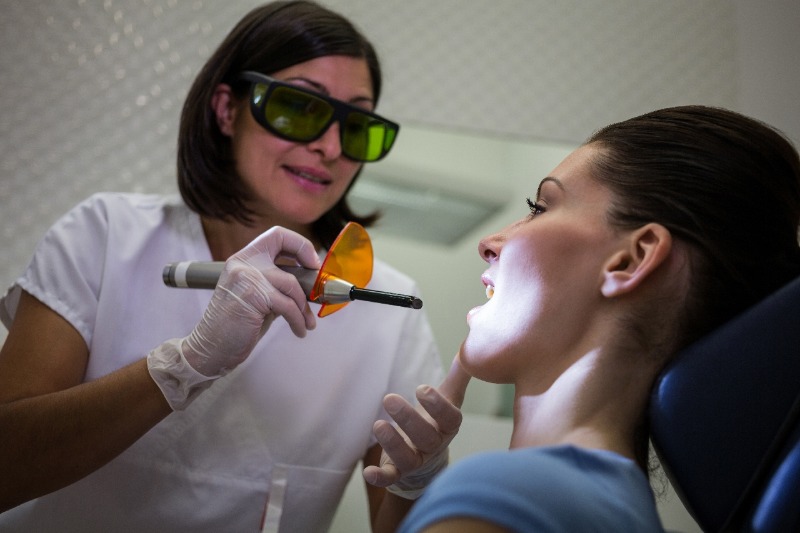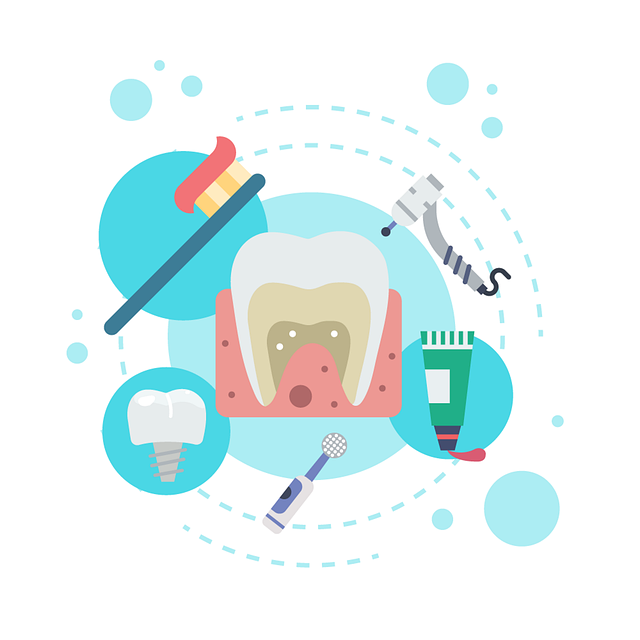6 Symptoms You Might Have a Dental Abscess

A pocket of pus that builds up because of bacterial infection is a tooth abscess. The abscess can happen at different regions of the tooth for various reasons. A periapical abscess happens at the tip of the root, while a periodontal abscess happens in the gums at the side of a tooth root. Here we are referring specifically to periapical abscesses.
6 Symptoms of Tooth Abscess:
- Harsh, persistent, hurting toothache that can spread out to the jawbone, neck, or ear
- Trouble breathing or swallowing
- Sensitivity to hot and cold temperatures
- Fever
- Swelling in your face or cheek
- Tender, puffy lymph nodes under your jaw or in your neck
Tooth Abscess: Causes
A periapical tooth abscess takes place when bacteria attack the dental pulp. T put in simple words when it invades the innermost component of the tooth that contains blood vessels, nerves, and connective tissue. Bacteria come in through either a dental cavity or a chip or crack in the tooth. Then it spreads all the way down to the root. The bacterial infection can lead to inflammation at the tip of the root.
Factors that Increase Your Risk of a Tooth Abscess: Dentist Burbank
- Poor dental hygiene
- A diet high in sugar
- Dry mouth
Burbank Dental Abscess: Treatments

If you notice, the symptoms linked to a dental abscess see a dentist right away. An experienced dentist can easily diagnose a dental abscess and suggest remedies accordingly. If you experience swallowing and breathing problems come straight to MyDentistBurbank. Dr. Sahakyan may prescribe medication and advice on self-care and pain management.
The dentist if needed will go for an Incision. In this, he would cut out the abscess and remove the pus, which contains bacteria under local anesthesia.
In some cases, while treating a periapical abscess the dentist would follow a root canal to remove the abscess. The dentist uses a drill to bore a hole into the dead tooth so that the pus can come out. Accordingly, any damaged tissue will be removed from the pulp. The dentist then inserts a root filling to prevent succeeding infections.
At times while treating a periodontal abscess, the abscess will be drained and the periodontal pocket is cleaned. The surfaces of the root of the tooth will then be smoothed out by scaling below the gum line. This helps the tooth restore health and avert further infections from happening.
Surgery
People with a periapical abscess and chronic contamination may need to have diseased tissue surgically removed.
Pain Management
Painkillers are at times recommended as they reduce pain while an individual is waiting for treatment. It is imperative to follow the instructions mentioned by the dentist carefully. Painkillers are only there for pain cutback and not a substitute for a visit to a dentist.
The dentist may if needed advise taking Aspirin, ibuprofen, or Tylenol (paracetamol) for a few days. Always consult a dentist before taking any medicine.
Antibiotics
Dentists often prescribe antibiotics to prevent the infection from spreading. He may suggest taking it along with painkillers. However, antibiotics are in no way a substitute for treatment by a dentist or for postponing treatment.
If you have a dental abscess then you should have it treated. Proper treatment by an experienced dentist is the only way to relieve pain and prevent possible serious complications. Call us today at 8185782332 to book an appointment.
Dental abscesses are preventable. Regular tooth brushing, flossing using mouthwashes, proper tongue cleaning, and eating a healthy diet can help improve oral hygiene. Have a dental check-up at least once a year.


